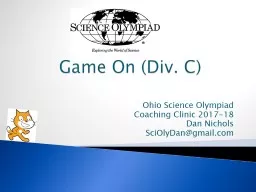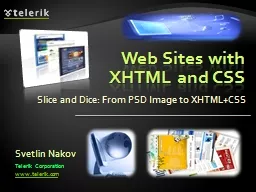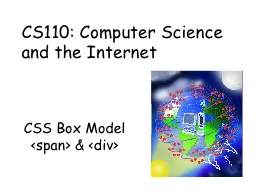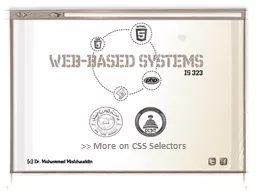PPT-Game On (Div. C) Dan Nichols
Author : reimbursevolkswagon | Published Date : 2020-08-28
National Event Supervisor SciOlyDangmailcom Part 1 Rules overviewNew game requirement Part 2 Student preparation Part 3 Supervisor recommendations Part 4
Presentation Embed Code
Download Presentation
Download Presentation The PPT/PDF document "Game On (Div. C) Dan Nichols" is the property of its rightful owner. Permission is granted to download and print the materials on this website for personal, non-commercial use only, and to display it on your personal computer provided you do not modify the materials and that you retain all copyright notices contained in the materials. By downloading content from our website, you accept the terms of this agreement.
Game On (Div. C) Dan Nichols: Transcript
Download Rules Of Document
"Game On (Div. C) Dan Nichols"The content belongs to its owner. You may download and print it for personal use, without modification, and keep all copyright notices. By downloading, you agree to these terms.
Related Documents












![[READING BOOK]-Game Development Planner: My Great Game Ideas - Video Game Design Book](https://thumbs.docslides.com/981136/reading-book-game-development-planner-my-great-game-ideas-video-game-design-book-for-game-developer-game-designer.jpg)
![[DOWLOAD]-Game Development Planner: My Great Game Ideas - Video Game Design Book - For](https://thumbs.docslides.com/990762/dowload-game-development-planner-my-great-game-ideas-video-game-design-book-for-game-developer-game-designer.jpg)
